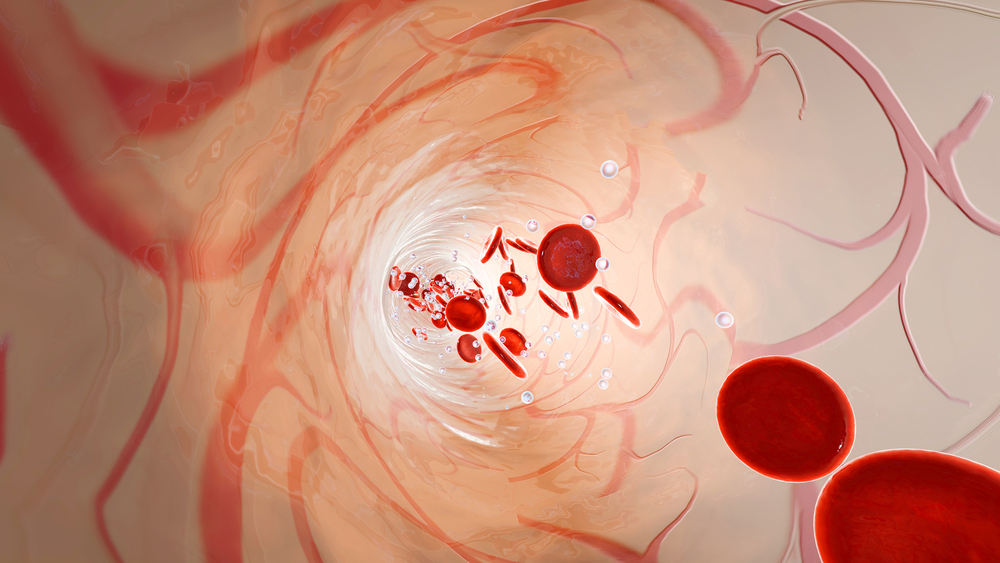Protein That Works to Regulate Blood Vessel Contraction May Lead to Better Hypertension Therapies, Study Suggests

A molecular mechanism involving the tight balance between two proteins — Gal-1 and CaV1.2 — was found to regulate the behavior of blood vessel cells, directly contributing to hypertension.
This finding provides new insights into the underlying processes that trigger arterial contraction and hypertension, and its researchers suggest that a treatment based on Gal-1 might offer a “cost-effective” means of controlling blood pressure and pulmonary arterial hypertension.
The mechanism was reported in the study “Regulation of Blood Pressure by Targeting CaV1.2-Galectin-1 Protein Interaction,” published in the journal Circulation.
The behavior of blood vessel cells is largely mediated by the activity of calcium pumps, which control calcium levels and, consequently, muscle contraction. For this reason, calcium channel blockers are commonly prescribed to lower blood pressure. But the use of this class of drugs has been associated with increased risk of heart failure, particularly in patients with a heart condition.
Ways of adjusting the activity of calcium channels in these cells, without blocking their normal activity altogether, are needed.
A team led by researchers at the National University of Singapore (NUS) have now found that the protein Galectin-1 (Gal-1) might be able to do this.
Through a series of experiments, the researchers found that Gal-1 could bind to a calcium channel called CaV1.2, triggering a series of molecular changes that lead to the degradation of CaV1.2, while sparing other calcium channels.
Analysis of the aorta — the largest artery in the body — of hypertensive rat and patients showed higher levels of CaV1.2 and lower amounts of Gal-1 compared to healthy controls.
“Because Galectin-1 is predominantly found in our blood vessels and because of its selectivity for the Cav1.2 channels, Galectin-1-specific drugs designed to lower our blood pressure are predicted to have minimal side effects,” Tuck Wah Soong, PhD, the study’s senior investigator, said in a news release.
To further assess its link with hypertension, the team genetically inhibited the production of Gal-1 in mice. This block led to a 1.76-fold increase in CaV1.2 levels in the animals’ arteries, and a 1.7-fold increase in arterial vasoconstriction (blood vessel narrowing, which raises blood pressure).
Using an opposite approach, the team next genetically increased the levels of Gal-1 in the blood vessels of hypertensive rats, leading to a significant and sustained reduction of blood pressure.
Collectively, these results showed that Gal-1 not only influences the activity of CaV1.2, but can also effectively lower blood pressure.
“[These] results suggest that there is a reasonable likelihood of fabricating an antihypertensive treatment-molecule, based on Galectin-1,” said Oh Min Sen Vernon, MD, a professor at NUS Medicine and senior consultant at the Division of Advanced Internal Medicine, National University Health System.
“[T]he results from human pulmonary arteries suggest that the candidate treatment-molecule might also be useful in the condition known as pulmonary arterial hypertension, for which highly cost-effective drugs are lacking,” he added.







